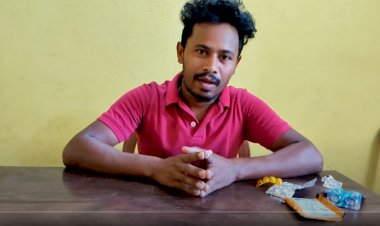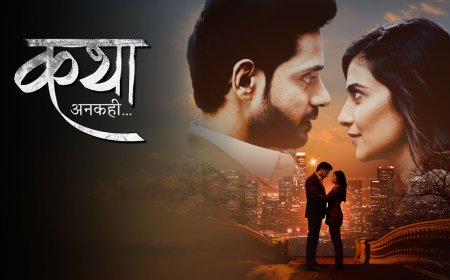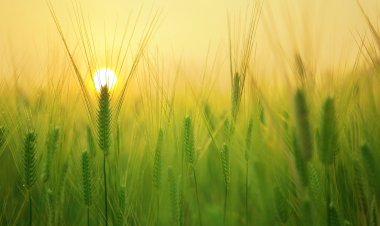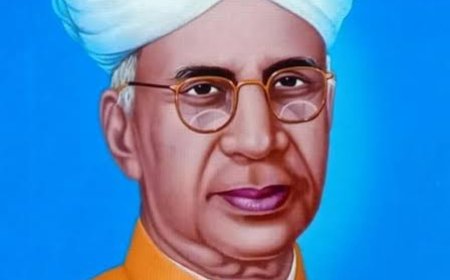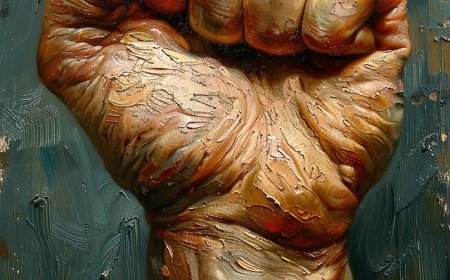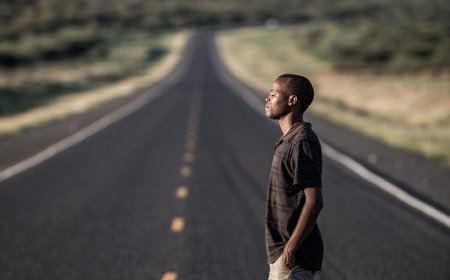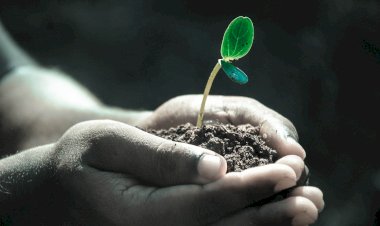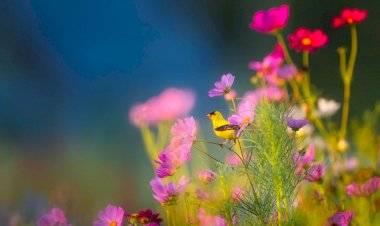The Culture and Tradition of Odisha
The Culture and Tradition of Odisha
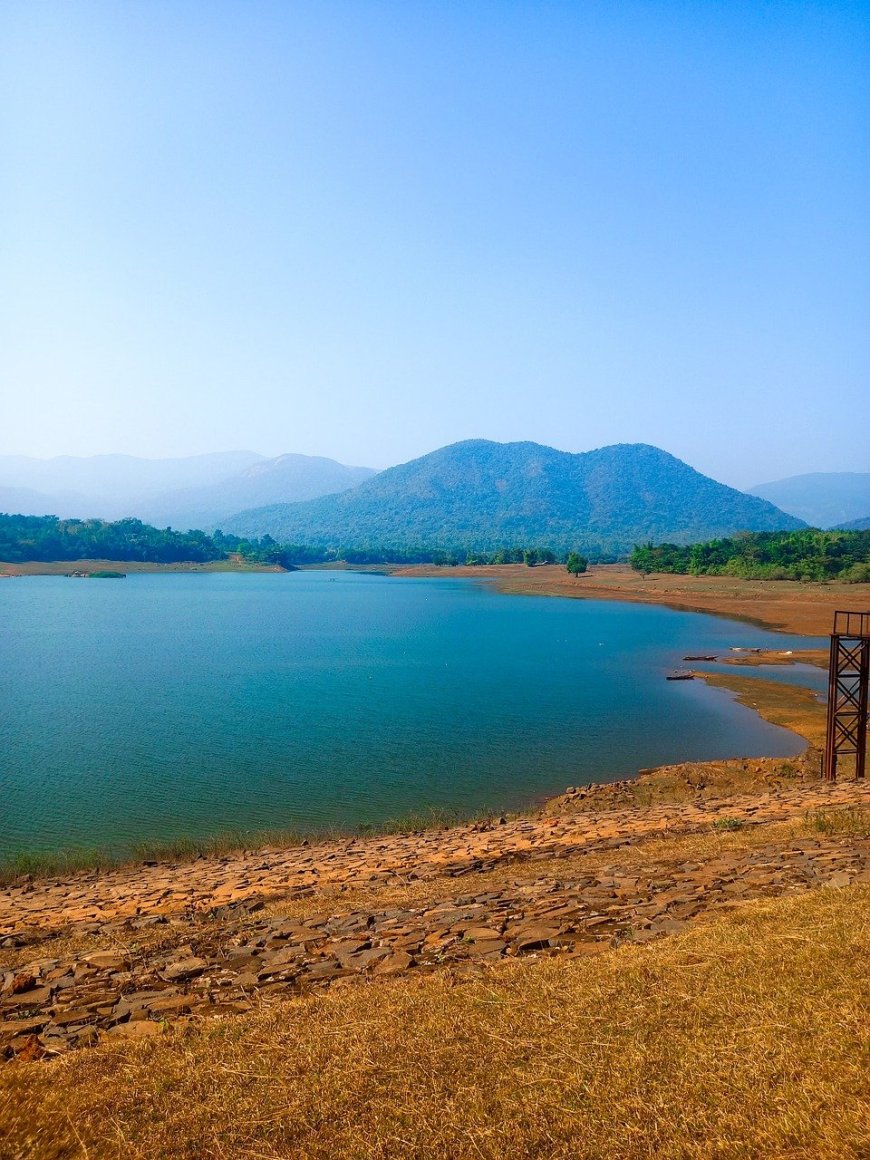
### The Culture and Tradition of Odisha
#### Introduction
Odisha, located on the eastern coast of India, is a state rich in history, culture, and traditions. Known for its unique art, music, dance, festivals, and cuisines, Odisha offers a vibrant and diverse cultural landscape. This article explores the multifaceted culture and traditions of Odisha, shedding light on its heritage and contemporary practices.
#### Historical Background
Odisha's culture is deeply rooted in its ancient history. The state, historically known as Kalinga, was a significant kingdom that witnessed the rise and fall of many dynasties, including the Mauryas, Satavahanas, and Guptas. The Kalinga War, fought between Emperor Ashoka of the Maurya Dynasty and the Kalinga kingdom, is a significant historical event that led to Ashoka's conversion to Buddhism and the spread of Buddhist philosophy.
#### Art and Architecture
Odisha is renowned for its exquisite temple architecture, which dates back to the ancient and medieval periods. The temples of Odisha, particularly in the cities of Bhubaneswar, Puri, and Konark, are exemplary of the Kalinga style of architecture. The Sun Temple at Konark, a UNESCO World Heritage Site, is a magnificent 13th-century temple shaped like a colossal chariot. Similarly, the Lingaraj Temple in Bhubaneswar and the Jagannath Temple in Puri are iconic symbols of Odisha's architectural brilliance.
The state is also famous for its intricate handicrafts, such as Pattachitra (scroll painting), stone carving, silver filigree, and applique work. These crafts reflect the artistic skills and creative spirit of the people of Odisha.
#### Dance and Music
Odissi dance, one of the eight classical dance forms of India, originated in Odisha. Characterized by its graceful movements, expressive gestures, and intricate footwork, Odissi is a dance form that narrates stories of mythological and devotional themes. The dance form is supported by a rich tradition of music, known as Odissi music, which includes classical ragas and talas.
Apart from Odissi, other folk dance forms like Chhau, Ghumura, and Gotipua are also integral to Odisha's cultural heritage. These dances are performed during various festivals and celebrations, showcasing the state's vibrant folklore and traditions.
#### Festivals
Festivals in Odisha are celebrated with great enthusiasm and fervor. The most famous festival is the Rath Yatra (Chariot Festival) of Lord Jagannath, held in Puri. During this festival, the deities of Lord Jagannath, Balabhadra, and Subhadra are taken out in a grand procession on beautifully decorated chariots. This festival attracts millions of devotees from all over the world.
Other significant festivals include Durga Puja, celebrated with grandeur in Cuttack; Makar Sankranti, marked by the traditional Makar Chaula (a dish made of newly harvested rice); and the Raja Parba, a unique festival celebrating womanhood and the advent of the monsoon season.
#### Cuisine
Odisha's cuisine is as diverse as its culture, characterized by simple yet flavorful dishes. Rice is the staple food, and the cuisine includes a variety of rice-based dishes like Pakhala (fermented rice), Chitau Pitha (rice pancake), and Kanika (sweetened rice).
Fish and seafood are an integral part of the diet, given the state's long coastline. Dishes like Macha Ghanta (fish curry with vegetables) and Chingudi Jhola (prawn curry) are popular. Odisha is also known for its sweets, especially the famous Rasagola, which originated in Puri. Other popular sweets include Chhena Poda (baked cheese dessert) and Pitha (various types of rice cakes).
#### Traditional Attire
The traditional attire of Odisha reflects its cultural diversity. Women typically wear saris, with the Sambalpuri and Bomkai saris being the most famous for their intricate designs and vibrant colors. Men traditionally wear dhotis and kurta, along with a gamucha (a type of towel) draped over the shoulder.
During festivals and special occasions, people adorn themselves in traditional attire, showcasing the rich textile heritage of the state.
#### Language and Literature
Odia is the official language of Odisha and is spoken by the majority of the population. The language has a rich literary tradition that dates back to the 10th century. Notable literary figures like Sarala Das, who wrote the Odia Mahabharata, and Jayadeva, the author of the Gita Govinda, have made significant contributions to Odia literature.
In contemporary times, writers like Gopinath Mohanty and Sitakant Mahapatra have enriched Odia literature with their works, earning national and international recognition.
#### Folklore and Legends
Folklore and legends form an essential part of Odisha's cultural fabric. Stories of valor, love, and devotion are passed down through generations, often depicted in folk songs, dances, and dramas. The legend of Savitri and Satyavan, the tale of the courageous woman who won her husband's life back from Yama, the god of death, is one such popular story.
Folk theatres like Jatra and Danda Nata play a significant role in preserving and promoting these legends. These performances are held in open spaces and attract large audiences, reflecting the community's engagement with its cultural heritage.
#### Conclusion
The culture and tradition of Odisha are a testament to its rich historical legacy and vibrant present. From its magnificent temples and classical dance forms to its diverse festivals and delectable cuisine, Odisha offers a cultural experience that is both profound and enchanting. The state's commitment to preserving its heritage while embracing modernity ensures that its culture continues to thrive, making Odisha a unique and captivating part of India's cultural mosaic.











